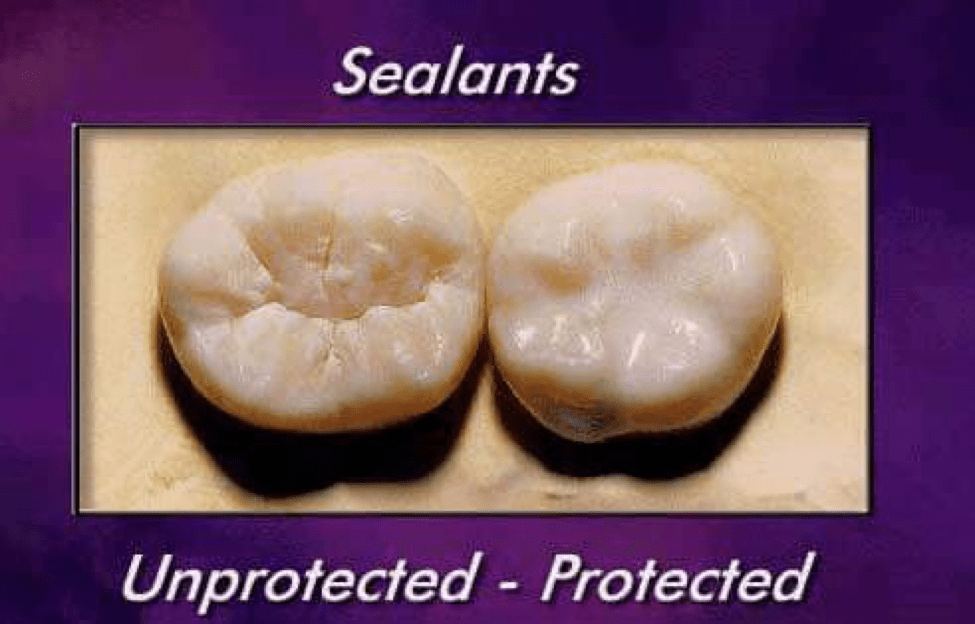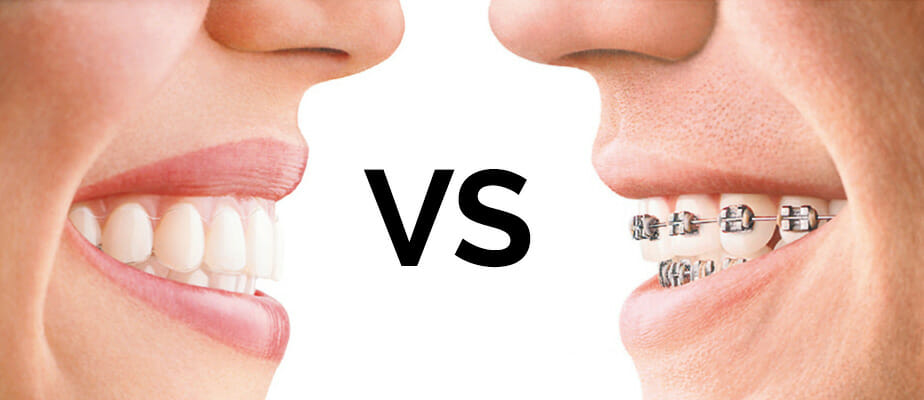In our current society, we continue to fight dental decay both in children and adults. Preventing these before restorations (fillings) are needed is a good idea.
Dental sealants are thin plastic coatings that can be applied to the chewing surface of teeth. Most of the time they are applied to permanent back teeth, like molars and premolars, to help prevent decay. These teeth are the most susceptible since they have grooves where food and bacteria hide and grow. This bacteria – called plaque, buildup on these teeth creating toxins that eat away at the hard enamel, causing holes that we call “cavities”.
Age Range for Dental Sealants
Dental sealants are usually applied to the molars of children and teenagers when they first come through the gum. The most cavity-prone years are ages 6-14, so sealants are often applied before this age. Dental sealants can sometimes be placed on adults or even baby teeth, depending on the amount of grooves in the teeth. Ask your dentist what is recommended for you or your child.
Applying Dental Sealants
The process of applying dental sealants is quick and pain-free, and does not require any drilling. The sealant can be applied in your dentist’s office with just a few easy steps:
- The teeth are cleaned and thoroughly dried.
- An acidic solution is placed on teeth to create a rougher surface so the sealant can adhere. The solution is rinsed off and the teeth are dried.
- The liquid sealant is painted on the teeth, where it bonds and hardens.
- Sometimes a high-intensity light is placed on the teeth to help the sealant dry and harden.
- Once hardened, the sealant forms a plastic varnish that bonds the grooves, forming a protective shield.
Dental sealants can be clear or white, depending on the sealant. You may or may not be able to see them. They can last five to 10 years, but should be checked for wear or chipping during a normal dental visit. Fixari Family Dental recommends that dental sealants be checked every 6 months to ensure they are sound and fully protective. If they wear away, dental sealants can easily be reapplied.
Sealants can provide extra protection when used with a child’s regular dental care. They provide a protective barrier on teeth that are hard to reach with normal brushing and flossing. Let’s face it, children are not the best at brushing. If allowed to fully decay, teeth will sustain irreversible damage and must be filled. Sealants can save you and your child the time, money and discomfort of dental fillings!
Adults should also ask their dentist if they would benefit from sealants. Ask our team what their recommendations are for your family’s teeth.


